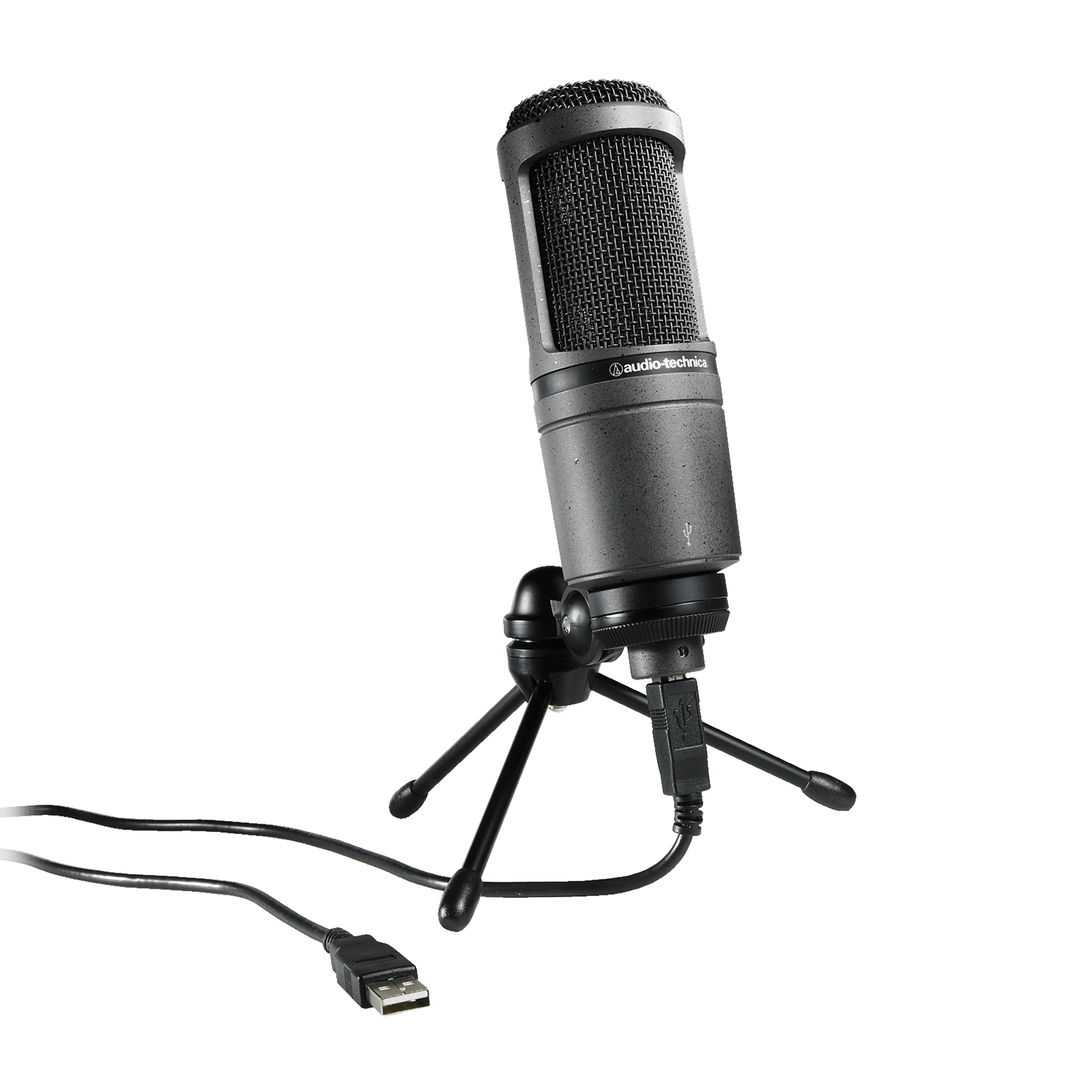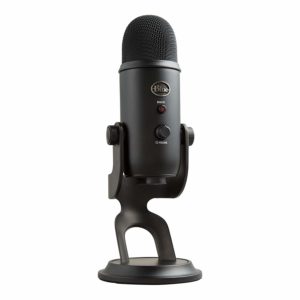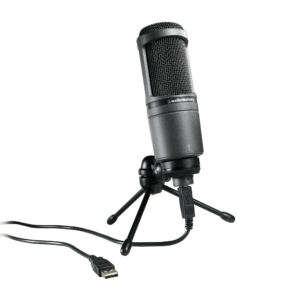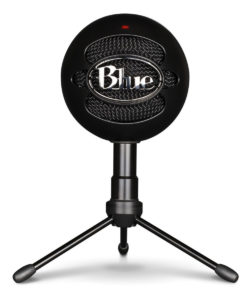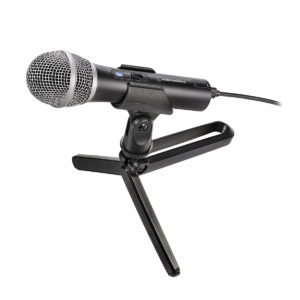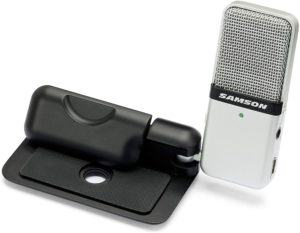Five Recommendations Under $200
By: SoundGirl Maria Fernanda
In the search to professionalize our content, we find an immense amount of information. Articles, videos, and countless opinions. That consequently leaves us with many doubts. which make us resort to more articles, videos and of course many more opinions.
A very clear case is when we decide to start with our “home studio”, surely, we will find many similarities in the general information that we can find. Example: (recommend audio interfaces, headphones, microphones, a computer, monitors, etc.) but, something that happens very often. is that, these are not usually of the same brand, type, or price. And that’s where the great variety derives. That at some point has crossed us with the USB connection microphones.
The controversy that revolves around these microphones is mostly usually due to a lack of knowledge in them. The frequent doubts like, are they as good as one of XLRconnection? Is it a microphone that can give me a professional sound? Among others. Incorrect answers to these doubts can lead us to a premeditated and unwise decision. Pto start solving these doubts first we must know how a USB connection microphone works
How do they work?
Let’s make a small comparison, to connect a microphone with an XLR connection to our computer and be able to record in the DAW, we need an audio interface or mixer. This is the one that allows our audio input, the one we are going to record, to be recognized by the language of the computer.
Instead, the USB microphone has a direct connection to the computer,
This means that by itself it can decode the audio that enters it. In other words, it’s as if the microphone has an internal audio interface.
Now, with an internal audio card in the microphone the audio quality will depend solely on it, no longer on an external interface as in the case of microphones with XLR connection. To be able to identify how good in comparison these USB microphones are will depend on many factors, that’s right. There are all kinds of quality both amateurs and professionals. This gap will hang on things like building materials. Its internal interface, quality of the transducer, and other specific features that each of them have to offer.
With most microphones, the important thing is not to choose the most expensive, or the one with the most addictions. The right thing is to know how to interpret its characteristics, and, in this way, we can choose the one that best suits us for the activity we are going to carry out.
Next, I will show you 5 recommendations that I have chosen from microphones with USB connection. Specifying its characteristics so that you can create a comparative table and be able to choose the most suitable. There are many prices, but I have decided to cover a range for all audiences.
USB Microphone Recommendations
The features that will be mentioned in each of the options are the following:
-Price, Connection Type, Transducer, Pattern or Polar Patterns, Headphone Output, and Supported (reinforced), which makes this Microphone different
Blue Yeti
- Price: $120- $130
- Connection type: USB and the pro has the option to also use XLR.
- Transducer: Arrangement of three condenser capsules
- Polar patterns: Cardiode, bidirectional, omnidirectional, and stereo
- It has headphone output and a stand.
- What makes this microphone different? It has a stereo polar pattern which is ideal for simulating recordings of the immersive type and ASMR. It also has knobs that modulate gain and a button to mute (mute), the headphone output has a knob that modulates the volume all this from the microphone.
This microphone is considered the best option in value for money. Ideal for streaming, conferences, and home recordings.
Audio Technica – AT2020+
-
- Price: $180- $200
- Connection type: USB and XLR
- Transducer: Capacitor
- Polar patterns: cardioid and omnidirectional.
- It has headphone output and a stand.
- What makes this microphone different? The quality of your transducer is superior, thus giving us a more professional sound, with a very wide frequency range.
This microphone is ideal for getting started with high-quality home recordings, as well as for podcasts and other applications.
Blue Snowball
-
- Price: $75 – $90
- Connection Type: USB
- Transducer: Capacitor
- Polar patterns: cardioid and omnidirectional.
- It does not include headphone output, but a stand.
- What makes this microphone different? In addition to its polar cardioid pattern, it has the option of a -10dB pad
It is ideal for broadcasts, video conferences, podcasts, recording ideas for music demos.
Audio Technica – ATR 2100 X USB
-
- Price:$75 – $85
- Connection type: USB AND XLR
- Transducer: Dynamic
- Polar Patterns: Cardioid
- It has headphone output and a stand.
- What makes this microphone different? It has an off and on switch, this can be connected USB and XLR at the same time and in this way do things like a record in our DAW the same information that is being shared by USB.
A robust microphone, which makes it ideal for outdoor use as well. It is also the right one if you want to reduce background noise
Samson GO Mic
-
- Price: $40 – $50
- Connection Type: USB
- Transducer: Capacitor
- Polar Patterns: Cardioid and Omnidirectional
- It has headphone output and a stand.
- What makes this microphone different? That the size and price does not scare us. Since it is a microphone that offers great clarity and audio quality, its support is versatile and allows us to place it in various ways according to our needs.
An ideal microphone to record interviews outside and inside the house, due to its size, it is considered the Traveler’s Microphone. Ready to always take it with us.
A USB microphone is a great and simple way to start making our audio professional. Do not have more doubts or fears when you want to acquire one, they are versatile, economical, and very reliables. So it’s about time, go for yours.
